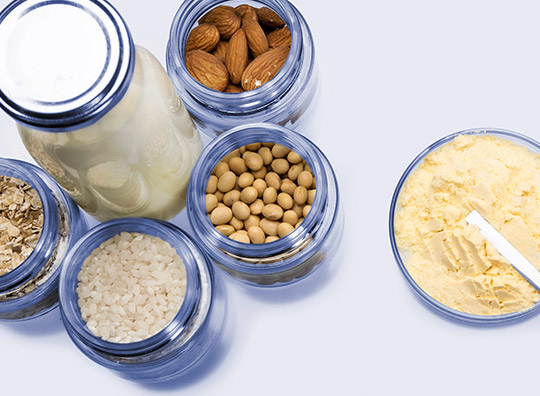
Grain and Starch
During the production of flour, dough, cereals, and other grain- or starch-based foods, flawless texture, flow, and shelf life hinge on tight control of water absorption, gluten strength, starch gelatinization, particle size, and oxidation stability. Tiny deviations can trigger lumpy batter, weak dough, or premature rancidity – eroding efficiency and margins. Anton Paar’s measurement portfolio flags these risks in real time, guiding rapid recipe tweaks, stable processing, and consistent quality from raw grain to packaged product.
Anton Paar Products
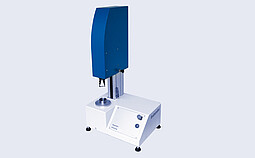
GlutoPeak
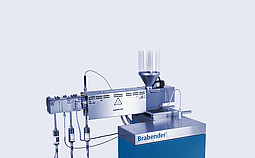
Single-Screw Extruder 19/25
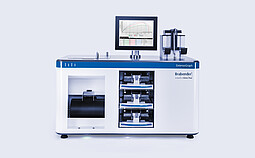
Brabender ExtensoGraph
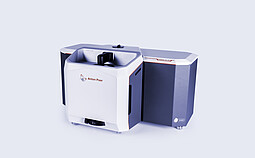
Litesizer DIA

Litesizer DLS

Brabender FarinoGraph
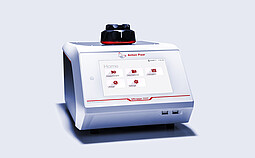
Ultrapyc
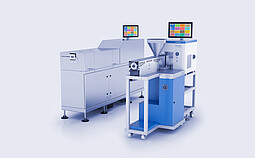
TwinLab

Litesizer DIF

Multiwave GO Plus
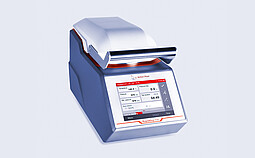
RapidOxy 100
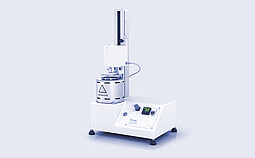
Brabender Amylograph‑E
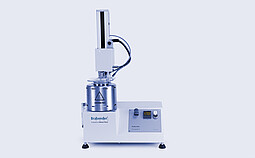
Brabender Viscograph-E

Ultratap

Brabender MT-CA
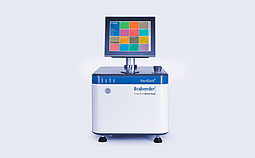
Brabender ViscoQuick
Sample prep and raw material QC
To ensure consistent flour quality for baking, pasta, or other cereal-based products, it’s essential to start with reliable sample preparation. Brabender Laboratory Mills provide precise, standardized grinding of grains like wheat, rye, or rice to deliver representative flour samples that are ideal for analysis and formulation. Whether you’re preparing test batches or evaluating ingredient quality, these mills ensure consistent results that reflect the raw material’s properties.
In assessing powder characteristics, Ultratap determines tapped density to evaluate packing and flow behavior, while Ultrapyc determines skeletal density for flour, starch, or powdered mixes – a critical value when evaluating porosity and formulation consistency. The Brabender MT-CA moisture analyzer offers fast, automated oven drying with integrated weighing – eliminating errors and reducing test time by up to 65 %. It precisely determines moisture content in flour, powders, and solid samples. Shelf life and product freshness depend on fat stability, antioxidant content, and packaging. The RapidOxy system allows fast, safe determination of oxidative stability without sample preparation. Evaluate cereals, granola bars, snack pellets, and flour blends under accelerated aging conditions to optimize ingredient blends and storage conditions.
Flour and dough rheology
In evaluating flour performance and ensuring dough consistency, the three rheological analyzers that comprise the Brabender 3-Phase System provide key quality insights. The Brabender FarinoGraph determines water absorption, dough development time, and other rheological dough properties to standardize recipes and optimize mixing processes. The Brabender ExtensoGraph evaluates dough extensibility and resistance, providing essential data for predicting fermentation tolerance and baking behavior. The Brabender Amylograph-E analyzes enzymatic activity and starch gelatinization behavior, which are crucial for understanding flour enzyme content and baking performance. Furthermore, the Brabender GlutoPeak determines gluten aggregation properties in under five minutes by capturing a torque peak that directly reflects protein quality – ideal for rapid incoming goods testing.
Starch gelatinization and viscosity behavior
The behavior of starch during heating and cooling impacts everything from noodle texture to bread softness. Brabender's Viscograph-E and ViscoQuick track starch gelatinization, viscosity changes, and enzyme activity. These systems are invaluable for selecting suitable starch types and optimizing formulations for processed and instant food products.
For detailed rheological profiling of starch pastes, gels, and suspensions, the MCR rheometer offers advanced measurements under realistic shear and temperature conditions, simulating cooking, extrusion, or processing environments.
Particle size and distribution in grain-based ingredients
Particle size plays a critical role in the quality of flour, starch, and baking mixes. Understanding particle size supports process efficiency and product consistency across powders and dry mixes. Use the Litesizer particle analyzer series for comprehensive measurements. Dynamic image analysis is perfect for irregular particles like bran or composite flours, while diffraction is suited to fast, accurate size distribution in dry and wet starches and flours.
Extrusion and texturization
The Brabender TwinLab Extruder Series simulates real-world extrusion processes, enabling R&D teams to develop and fine-tune extruded products such as breakfast cereals, snack pellets, and textured vegetable proteins (TVP) using just a fraction of the material compared to production scale. This twin-screw system supports ingredient testing, process optimization, and scaling up from lab to production. Integrated torque and pressure measurement ensure full control over product texture, expansion, and cooking behavior.

